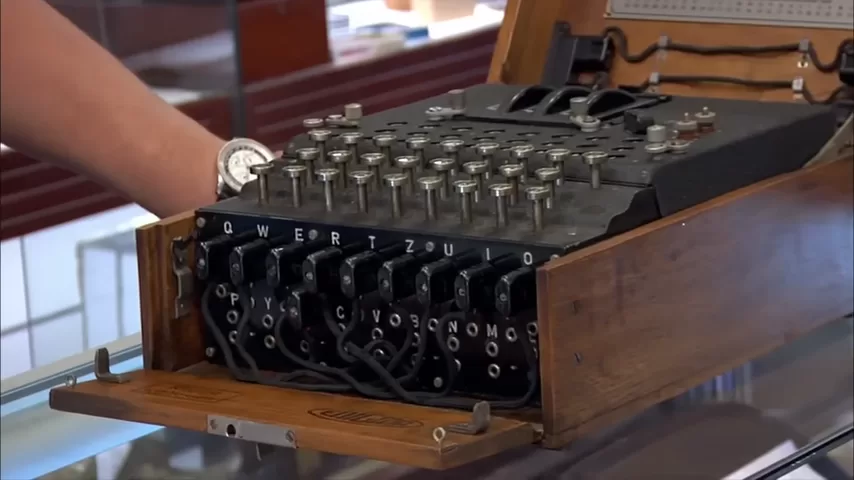Some artifacts are rare. Others are powerful. But few carry the sheer historical weight of the German Enigma coding machine—the mechanical marvel that helped shape the fate of World War II.
When a father-and-son team who run an Enigma museum walked into a Las Vegas pawn shop with one of these rare machines in hand, it wasn’t just another cool collectible—it was a relic of espionage, secrecy, and the global struggle between fascism and freedom.
“These are amazing,” the shop owner said. “I’ve seen pictures, I’ve read about them, but I’ve never actually seen one in person.”

And with good reason—most Enigma machines were destroyed by German forces at the end of the war, rather than risk them falling into Allied hands. Finding one today is almost like finding a ghost of the past.
What Is the Enigma Machine?
Developed by the Germans and used extensively throughout the 1930s and WWII, the Enigma machine was designed to encode military messages using a series of rotors, wires, and plugboards that generated billions of possible letter combinations. To the Germans, it was the ultimate form of unbreakable communication.
But it wasn’t.
Thanks to a group of mathematicians and codebreakers—most notably Alan Turing and his team at Bletchley Park—the Allies eventually cracked the Enigma code. Historians estimate that this breakthrough shortened the war by at least two years and saved millions of lives.
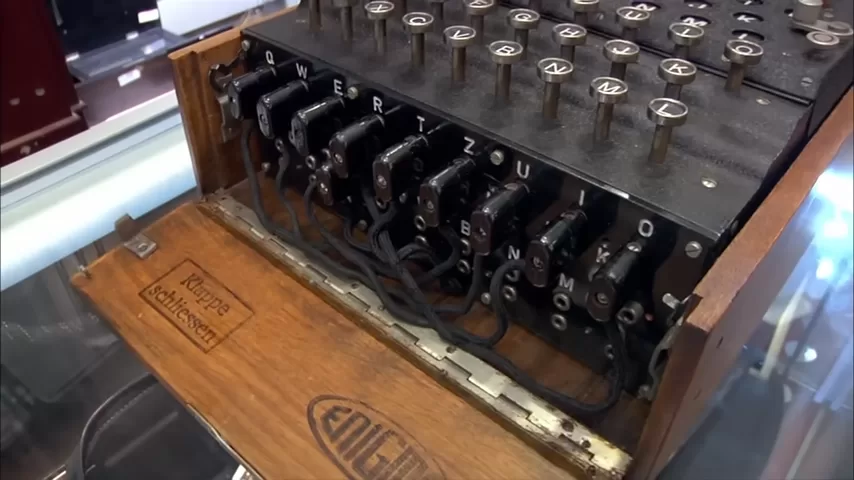
“This thing was responsible for both the rise and the fall of the German war machine,” the shopkeeper observed.
A Rare Find with Some Caveats
The machine brought in for appraisal wasn’t just historically impressive—it looked good, too. But as with any collectible, condition and completeness matter.
“We have matching rotors?” the appraiser asked.
“No,” the owner replied. “None of the rotor serial numbers match the machine itself.”
That’s not uncommon. Over time, especially after the war, machines were stripped for parts, rotors were lost or swapped, and original cases were destroyed. Still, any original Enigma—even a partial one—is a rare prize.
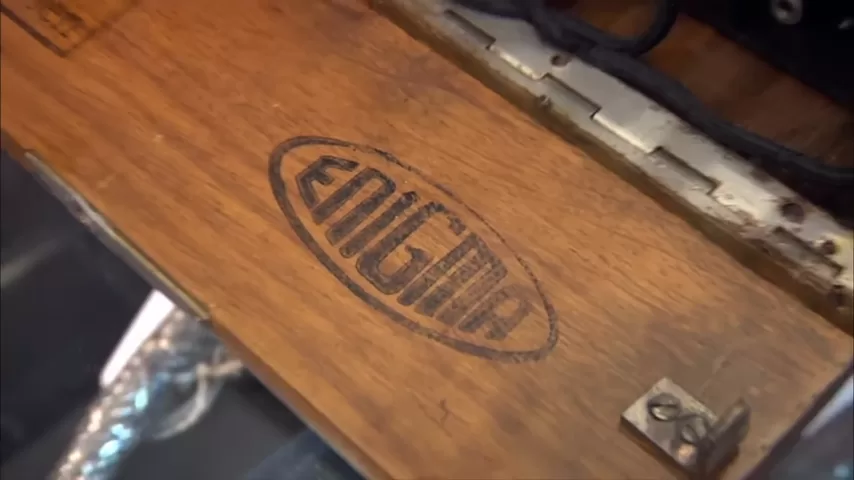
Other details included:
- Reproduction box
- Replacement warning plate
- Additional rotors (in a repro container)
While these issues don’t destroy the machine’s value, they certainly impact it—especially for high-end collectors who want original, matching components.
The Price Puzzle
When asked what he wanted for the Enigma, the seller didn’t blink:
“$149,300.”
It’s a curious number, and a steep ask. While pristine, fully original Enigmas have sold for up to $200,000, others in similar condition have gone for as low as $30,000. The pricing depends heavily on provenance, originality, and completeness—particularly whether the rotors and machine share matching serial numbers.
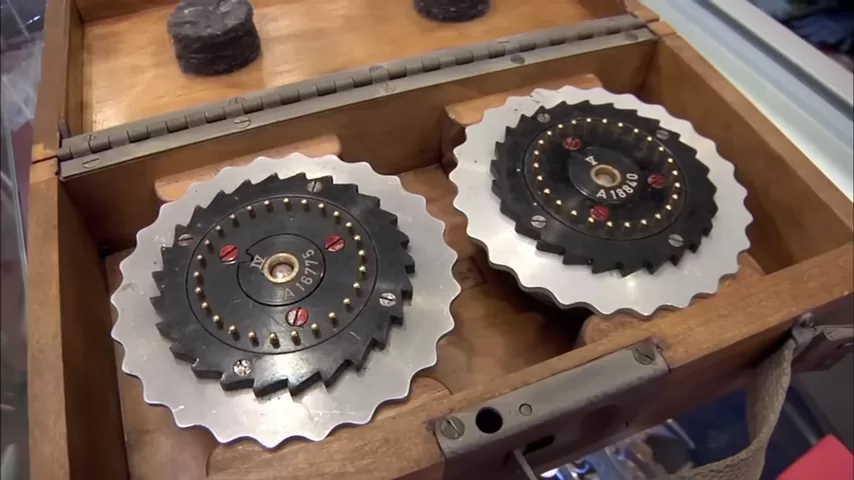
To get a better handle on valuation, the shop brought in Will Willis, a military artifact expert with real-world experience in Army Rangers and pararescue.
After thoroughly inspecting the machine and its components, Will landed at a realistic market value:
“$70,000 is fair.”
Negotiation Breakdown: Cracked, But Not Broken
The seller, however, wasn’t budging far from his original ask. His counteroffer?
“$115,000.”
Unfortunately, that was still $45,000 higher than the shop’s ceiling. Despite everyone agreeing the piece was remarkable, the deal was a no-go.
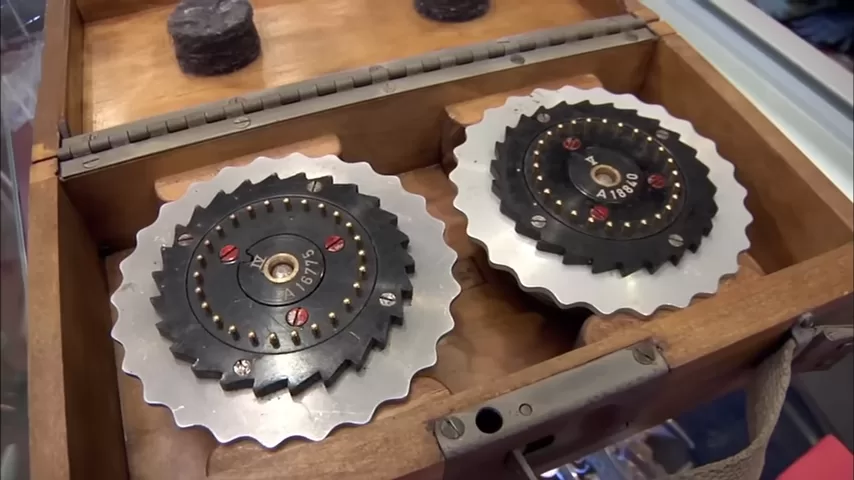
“We’re over 60 grand apart. That’s way too much ground to cover,” the shopkeeper said.
And just like that, the machine went back into its box—its code unbroken, at least in terms of negotiation.
Why Enigma Machines Are So Valuable
The allure of the Enigma isn’t just its rarity—it’s what it represents:
- Innovation: A mechanical computer before digital computers existed.
- War and secrecy: Used in thousands of real combat operations.
- Historic turning point: Cracking the code changed the trajectory of WWII.
Few artifacts blend technology, war, espionage, and history like the Enigma machine does. Whether restored or original, a working model is a conversation piece, a museum item, and in many ways, a symbol of both genius and hubris.
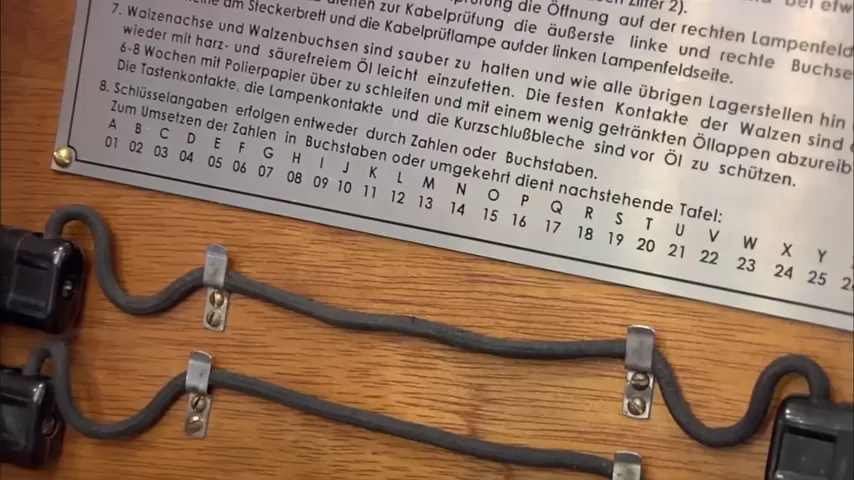
Collectors, historians, and tech enthusiasts alike flock to them when they surface. But with only a few hundred known to exist worldwide, competition is fierce.
Final Thoughts: The Machine That Almost Came Home
For a brief moment, this Enigma machine looked like it would find a new home in a Las Vegas shop known for its rare finds. But like the messages it once protected, the machine’s fate remains encrypted—waiting for the right buyer, the right number, and the right time.
“I really did want that thing,” the shop owner admitted as the seller walked out.
You’re not alone.
